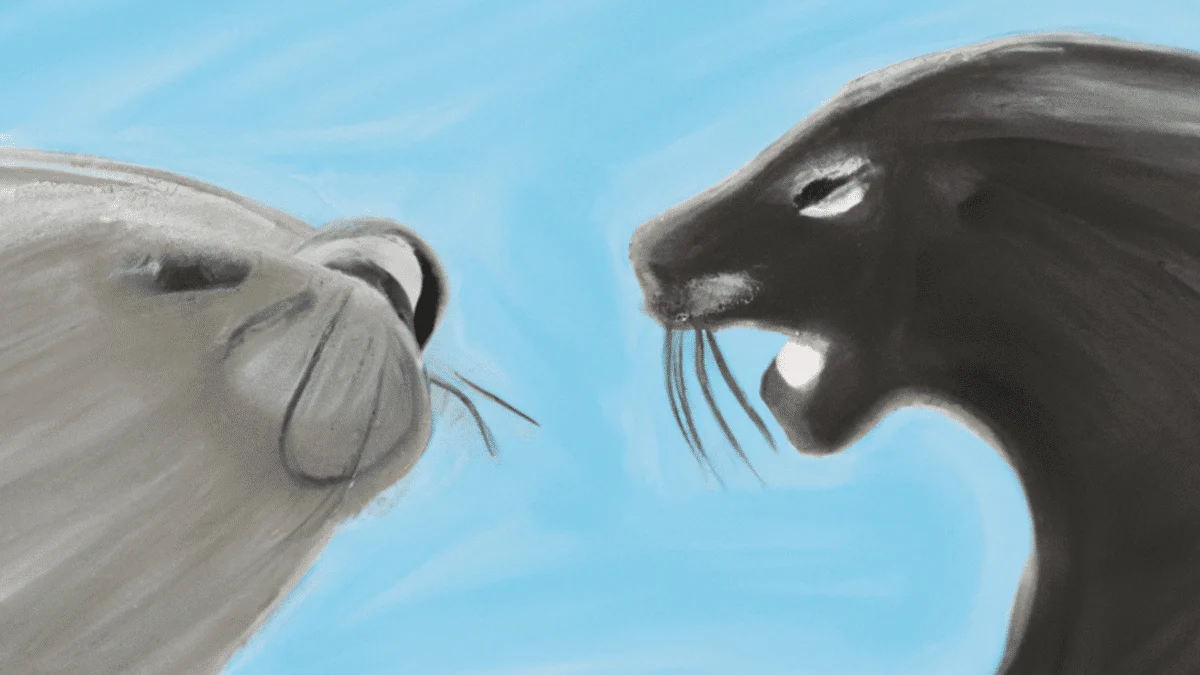Dive into the depths of the ocean, and you’ll encounter the charismatic residents of the sea – seals and sea lions. While these marine mammals often share the spotlight, they’re distinct in many aspects, from their scientific names to their habitats and behaviors. Join us on an underwater journey as we unravel the fascinating differences between seals and sea lions, shedding light on their intriguing lives beneath the waves.
Scientific Names
Let’s start with the basics – their scientific identities. Seals and sea lions belong to the same scientific order, Pinnipedia, but their family names set them apart. Seals are part of the Phocidae family, embracing the likes of the common seal and harbor seal, while sea lions belong to the Otariidae family, showcasing the impressive California sea lion and Steller sea lion. The nuances in their names lay the foundation for the diverse characteristics that define these marine mammals.
Appearance and Behavior
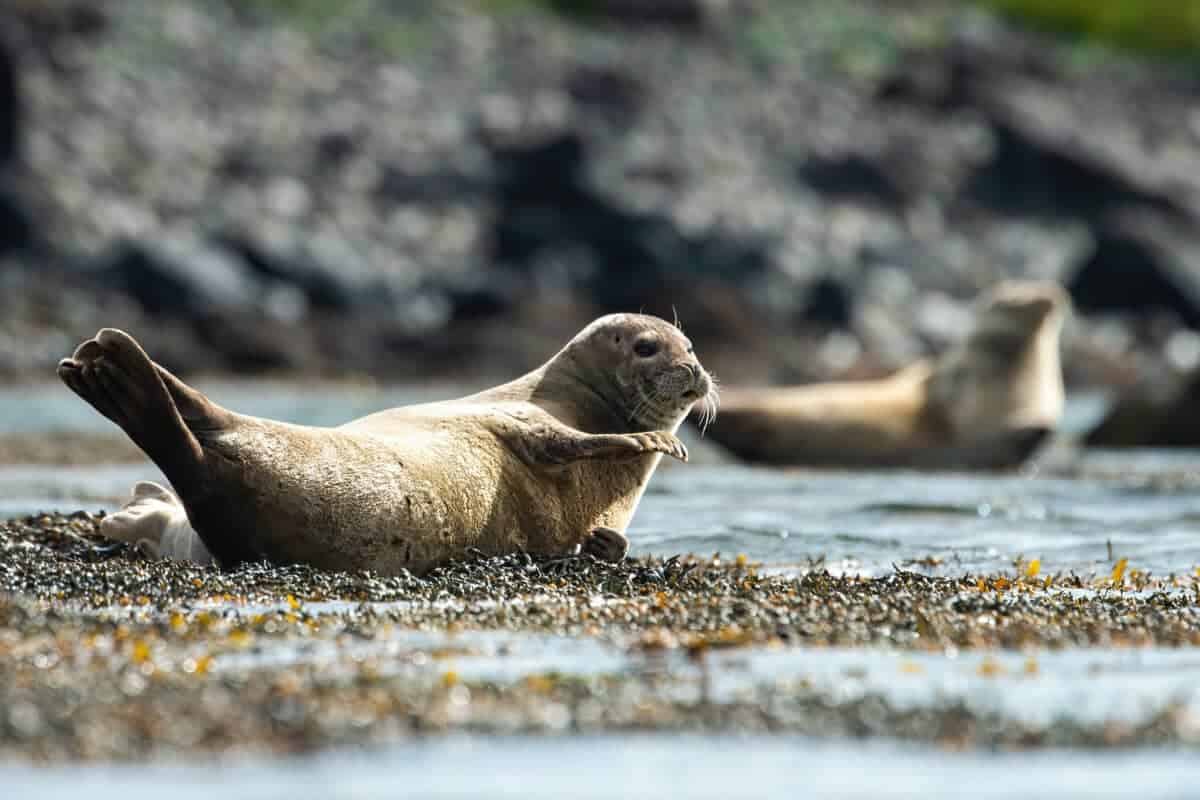
Picture a sunbathing harbor seal, and then envision a sea lion gracefully gliding through the waves. The disparities in their appearances and behaviors are as striking as the ocean is deep. Seals boast streamlined bodies, with short, stout flippers, perfect for navigating the water with ease. On the other hand, sea lions are marked by longer, more robust front flippers, facilitating agile movements both in water and on land. Their distinct physiques align with their diverse lifestyles – seals are adept at swift swimming, while sea lions showcase remarkable agility during on-land activities, such as mating displays and raising their young.
Habitat
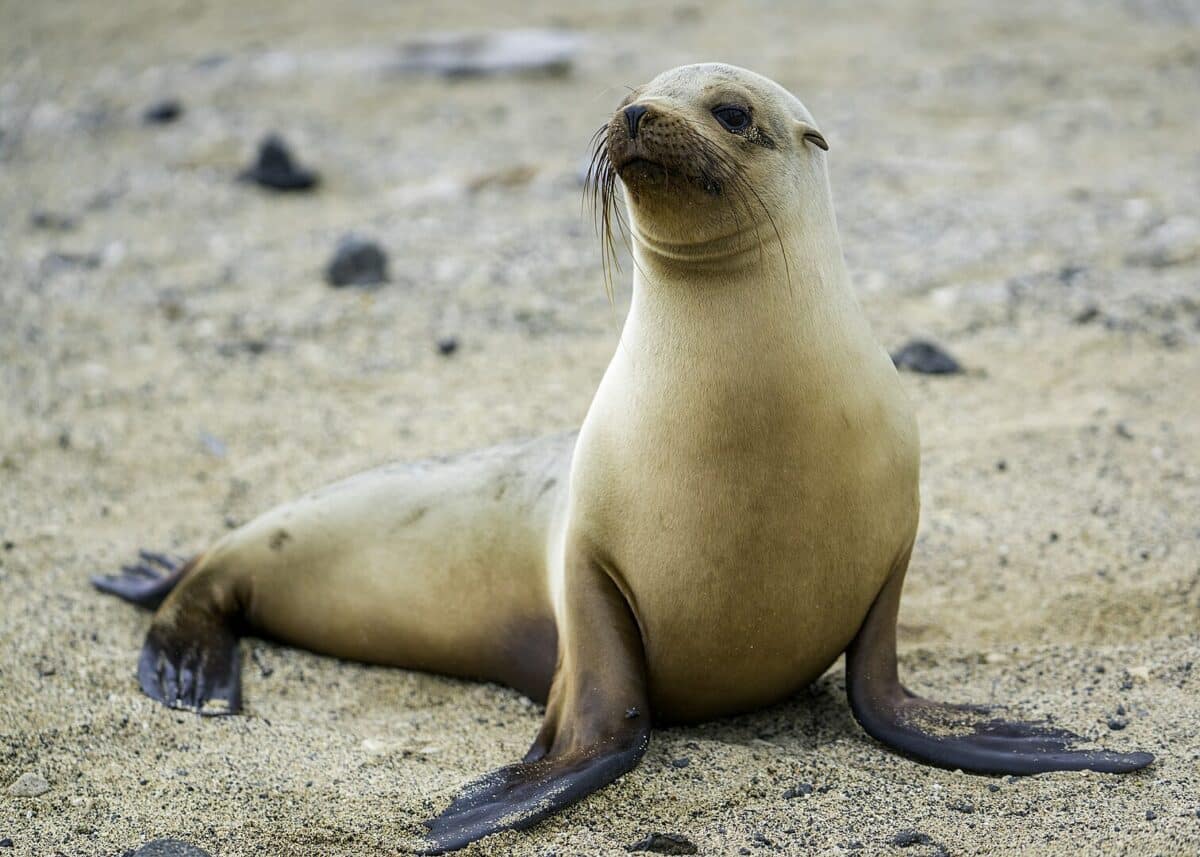
The watery realms these marine mammals call home vary across the globe. Seals predominantly inhabit polar and subpolar regions, navigating icy waters with finesse. Contrastingly, sea lions showcase their adaptability by residing in both colder and warmer climates. From the frigid coasts of Alaska to the sun-kissed shores of California, sea lions have carved out niches in diverse habitats. This adaptability plays a pivotal role in their survival, allowing them to thrive in environments that would challenge other species.
Diet
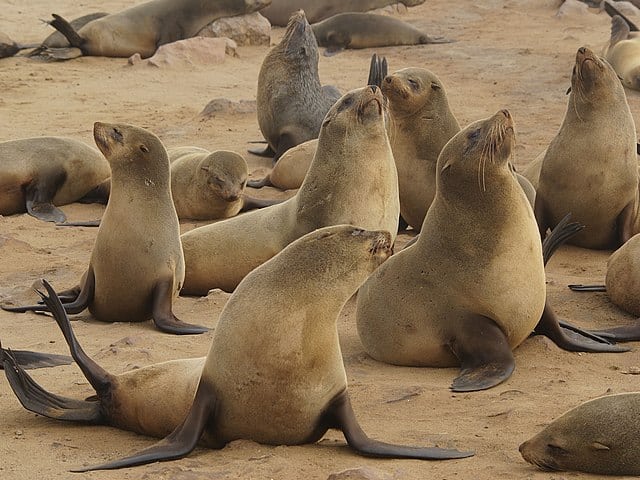
When it comes to culinary preferences, seals and sea lions diverge in their tastes. Seals, the underwater hunters of the ocean, feast on a diet primarily consisting of fish and squid. Their streamlined bodies and sharp teeth make them formidable predators in the depths. Sea lions, with their versatile lifestyle, display a more eclectic palate, enjoying a diet that includes fish, squid, and even the occasional helping of crabs. This diversity in their diets showcases the adaptability that characterizes their existence.
Predators and Threats

Despite their prowess in the water, both seals and sea lions face a range of predators and threats. Orcas, sharks, and polar bears lurk as potential dangers for seals, while sea lions contend with the formidable threats of killer whales and sharks. Human activities, such as pollution and habitat destruction, pose significant risks for both species. The delicate balance these marine mammals maintain with their environment becomes increasingly precarious as human impacts on the oceans intensify.
Reproduction, Babies, and Lifespan
The circle of life beneath the waves involves intricate processes of reproduction, nurturing, and survival. Seals typically give birth on ice or secluded beaches, providing a safe haven for their pups. In contrast, sea lions opt for rocky shores or even man-made structures, utilizing their agility to protect their young from potential threats. The reproductive strategies of these marine mammals also differ, with seals exhibiting a more solitary approach, while sea lions engage in communal breeding colonies. The gestation periods vary – seals carry their young for about 9 to 11 months, whereas sea lions have a slightly shorter gestation period of 8 to 12 months.
The newborns, known as pups, are born with a distinct white fur coat, which eventually molts as they mature. Seals and sea lions invest substantial time and effort into nurturing their offspring, providing them with essential skills for survival. The lifespan of these marine marvels ranges from 15 to 30 years, depending on the species and environmental factors.
Wrapping Up with Difference Between Seals And Seal Lions
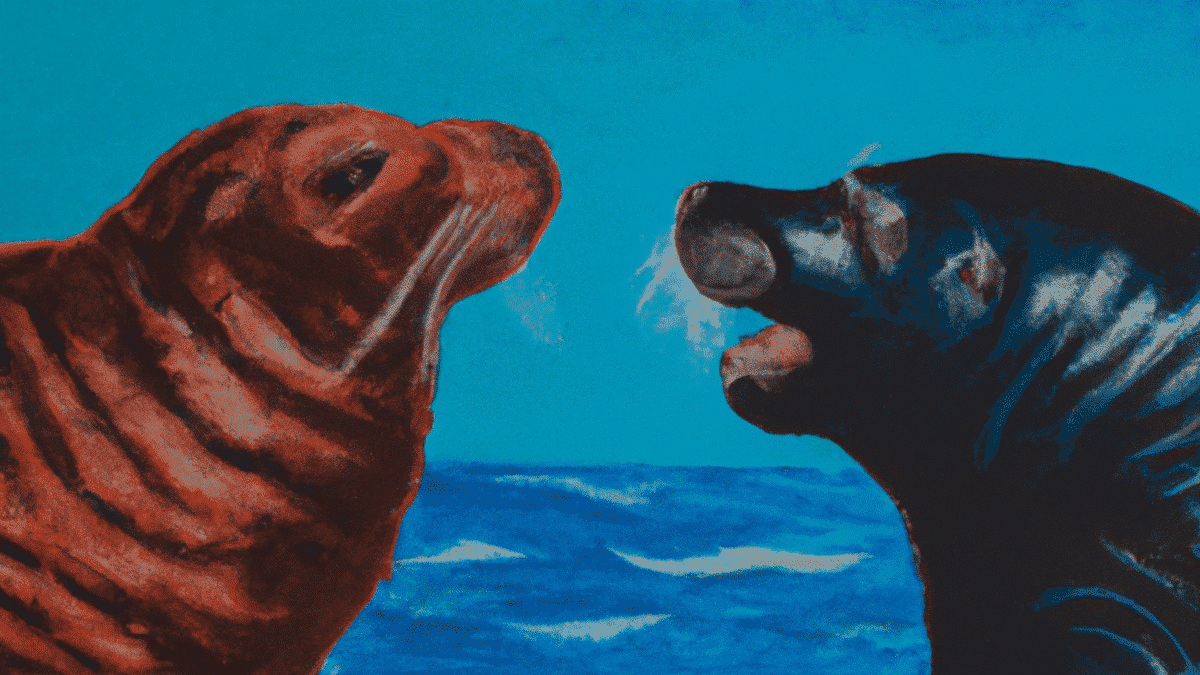
As we bid adieu to the depths of the ocean, we leave behind a trail of insights into the world of seals and sea lions. These remarkable marine mammals, with their diverse characteristics and survival strategies, captivate our imaginations and highlight the intricate tapestry of life beneath the waves. From the Arctic to the Antarctic, and from rocky shores to sandy beaches, seals and sea lions continue to enchant us with their resilience and adaptability. So, the next time you catch a glimpse of a sleek seal or a lively sea lion, remember the untold stories that unfold in the vast expanse of the ocean – a realm teeming with life, diversity, and endless wonders.
Thank you for following along with this article –
Next up in the animal kingdom:
Join our Forum for free today!

- Kind Elephant Merciful To Lion Cubs - July 22, 2024
- Beachgoers Save Massive Shark Stranded In Florida - July 22, 2024
- Pit Bull Rescued From Being Chained Its Whole Life Gets A Surprise - July 21, 2024

